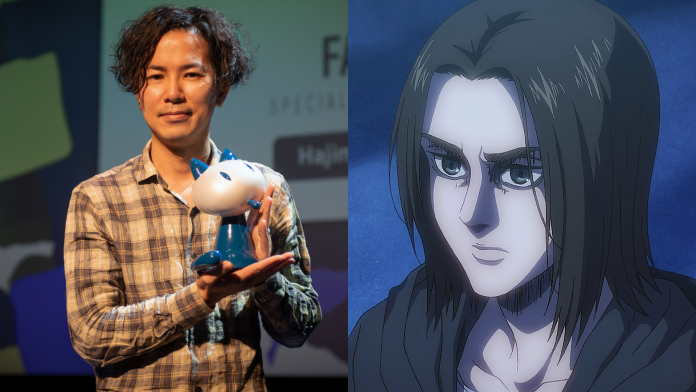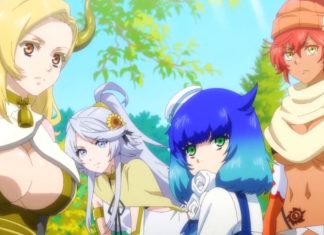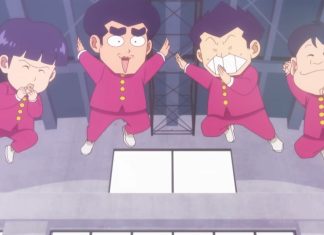In a world where giants roam and humanity clings to survival behind colossal walls, Attack on Titan (or Shingeki no Kyojin in Japanese) emerged as more than just a story—it’s a cultural earthquake that reshaped anime and manga landscapes. Created by Hajime Isayama, this dark fantasy epic blends heart-pounding action with profound philosophical undertones, exploring themes like freedom, hatred, and the human condition. From its humble beginnings to becoming a global obsession, here’s a deep dive into what makes this series a timeless phenomenon, including its masterful use of plot twists that keep audiences reeling.
Origins: A Spark from the Shadows
The story of Attack on Titan began not in a grand studio, but in the mind of a young Hajime Isayama, hailing from the mountainous town of Hita in Ōita Prefecture, Japan. Inspired by his isolated hometown, Isayama crafted a world where walls symbolize both protection and confinement. A pivotal moment came while he worked at an internet cafe: a drunken customer grabbed him by the collar, evoking a primal fear of incomprehensible threats. This encounter birthed the Titans—mindless, devouring behemoths that embody humanity’s deepest terrors.
Isayama’s early one-shot manga in 2006 won recognition but faced rejections before landing with Kodansha. Serialized in Bessatsu Shōnen Magazine starting September 2009, the manga ran for over a decade until April 2021, spanning 139 chapters across 34 volumes. Drawing from diverse influences like the visual novel Muv-Luv Alternative, dinosaur films such as Jurassic Park, and even pro wrestlers (Eren’s Titan form mimics MMA fighter Yushin Okami), Isayama wove a narrative that evolved from survival horror to geopolitical thriller. He initially planned a tragic end where everyone dies, inspired by The Mist, but fan feedback softened it into a more nuanced conclusion.
The Manga: Laying the Foundations
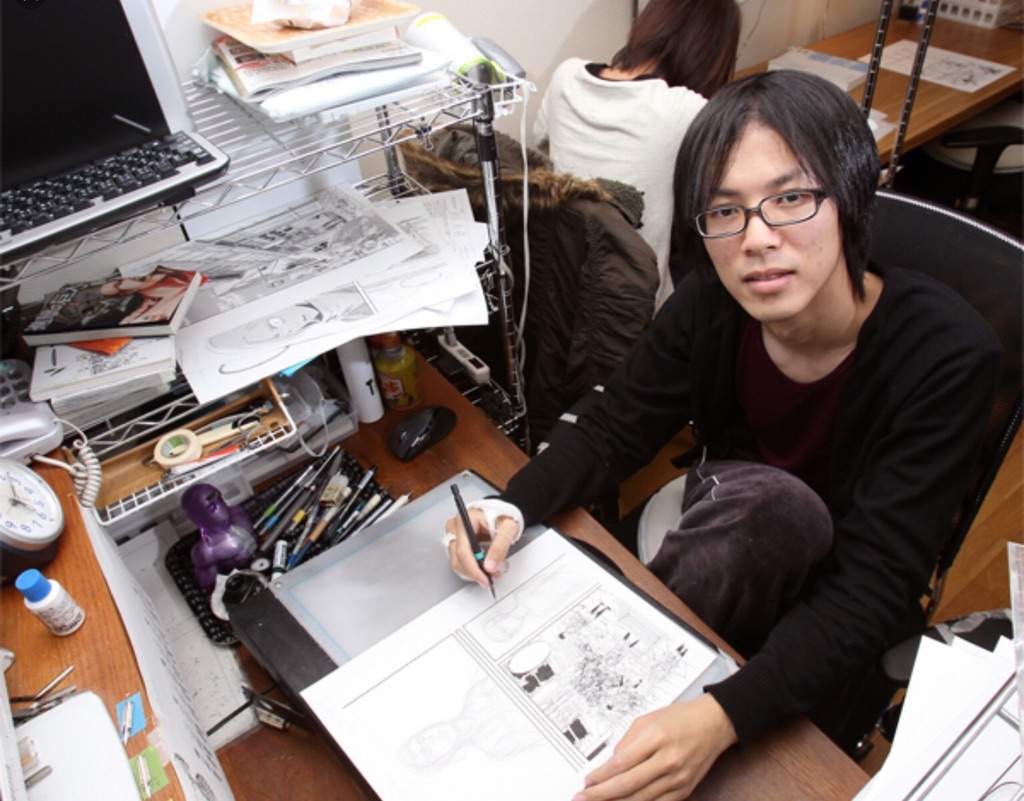
The manga format allowed Isayama to build intricate layers of mystery. Early artwork was critiqued as rough, but it improved dramatically, with its eerie style enhancing the horror. Sales skyrocketed: by November 2023, over 140 million copies circulated worldwide, making it one of the best-selling series ever. It boosted Kodansha’s revenue after years of decline and dominated charts, outselling giants like One Piece in certain periods. Volumes like the 13th set print records, and its English editions held spots on The New York Times bestseller lists for record-breaking weeks.
What sets the manga apart is its serialized evolution—Isayama planted twists early, like the Titans’ true origins, and adjusted based on reader reactions. Spin-offs, guidebooks, and even a full-color edition in 2020 added depth, while a massive “giant” edition earned a Guinness World Record for the largest comic book.
The Anime: Animating the Apocalypse
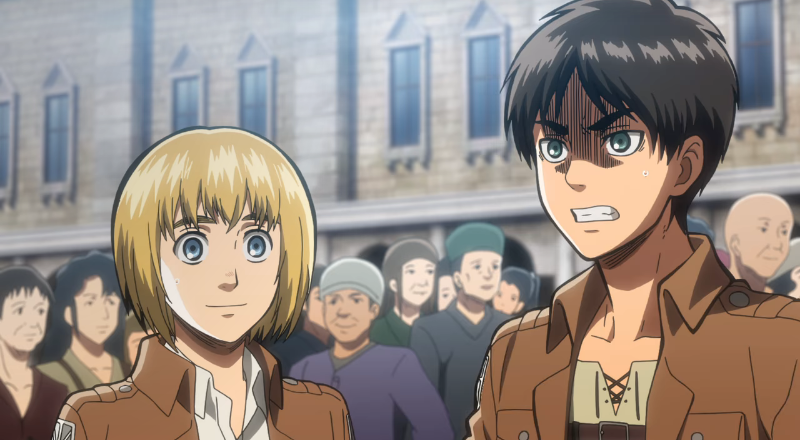
The anime adaptation, premiering in April 2013, catapulted Attack on Titan into stardom. Produced initially by Wit Studio (seasons 1-3) and later MAPPA for the final season (2020-2023), it spans 94 episodes across four seasons, plus compilation films and specials. Directed by talents like Tetsurō Araki, the series faithfully captured the manga’s intensity while enhancing visuals.
Streaming on platforms like Crunchyroll and Netflix, it broke barriers: it was the most-viewed TV program in the U.S. during parts of its run and held Guinness records for most in-demand anime. Awards poured in, from Crunchyroll Anime Awards’ “Anime of the Year” to global recognitions like the Astra TV Award. The switch to MAPPA brought bolder CGI for Titan battles, blending 2D fluidity with 3D spectacle.
The Epic Plot: Walls of Deception and Revelation
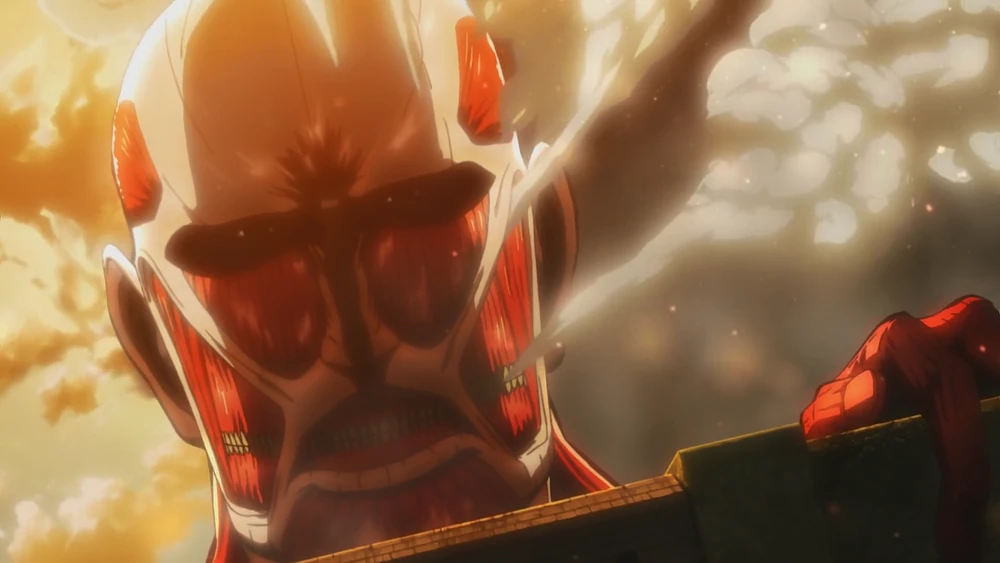
At its core, Attack on Titan is a tale of survival turned existential crisis. Humanity hides behind three walls—Maria, Rose, and Sina—from Titans, grotesque giants that devour people. The story kicks off in 845 when the Colossal Titan breaches Wall Maria, destroying Eren Yeager’s hometown and killing his mother. Eren, alongside adoptive sister Mikasa and friend Armin, joins the Survey Corps to fight back.
But the plot spirals into genius territory: Titans are revealed as transformed humans, descendants of “Eldians” cursed by ancient progenitor Ymir Fritz. Shifters like Eren (Attack Titan) wield special powers, uncovering a world beyond the walls—oppressive nations like Marley viewing Eldians as devils. Themes of cycles of hatred, imperialism, and freedom dominate, culminating in “The Rumbling,” Eren’s apocalyptic march of Wall Titans to eradicate threats. Allies, including former enemies, unite to stop him, ending with Mikasa’s heartbreaking choice and the dissolution of Titan powers. It’s a rollercoaster of betrayals, alliances, and moral ambiguity, spanning centuries, all punctuated by plot twists that redefine the narrative.
Mind-Bending Plot Twists: The Art of Subversion
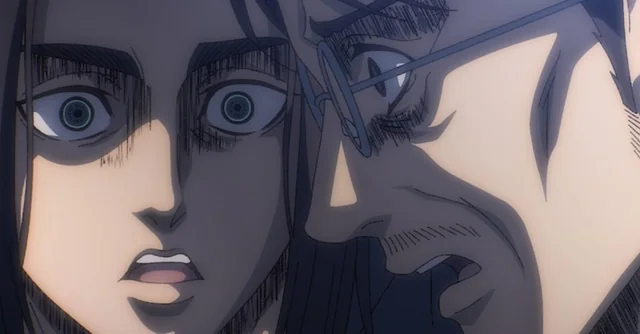
Attack on Titan is renowned for its plot twists, which Isayama masterfully seeds early on, only to detonate them at pivotal moments, forcing readers and viewers to question everything. These revelations aren’t mere shocks; they deepen the story’s themes and character motivations, turning a straightforward revenge tale into a complex web of deception and ideology.
One of the earliest and most iconic twists comes in the first season: the revelation that Titans are not just mindless monsters but transformed humans. This bombshell, hinted at through subtle clues like the Titans’ regenerative abilities and eerie smiles, shatters the protagonists’ worldview and introduces the concept of Titan Shifters—humans who can consciously transform, like the Colossal and Armored Titans who infiltrated the walls as spies. Fans often cite this as the moment the series hooked them, transforming it from a zombie-apocalypse vibe to a conspiracy thriller.
Deeper into the story, the “basement reveal” in season three is a game-changer. Eren’s father’s basement, long teased as holding the key to humanity’s salvation, unveils the truth about the world outside the walls: Paradis Island is not the last bastion of humanity but a penal colony for Eldians, oppressed by Marleyans who use Titans as weapons in global wars. This twist flips the script from isolation to international conflict, exposing themes of propaganda and inherited guilt.
Perhaps the most divisive and profound twists revolve around Eren himself. In the final arc, his apparent descent into villainy—allying with his half-brother Zeke for a “euthanasia plan” to sterilize Eldians—proves to be a facade. Eren’s true intent is the Rumbling, a genocidal purge to protect his friends by eliminating all non-Eldians. This revelation, coupled with time-manipulating visions from the Attack Titan’s power (allowing Eren to see past, present, and future), adds layers of predestination and tragedy. It culminates in the shocking truth that Eren orchestrated many events, including his mother’s death, to set the path for freedom.
Other twists include the origins of Ymir Fritz, not as a devil but a tragic slave who gained Titan powers through a parasitic entity, and the betrayals within the Survey Corps, like Reiner and Bertholdt’s dual identities as warriors from Marley. These moments sparked endless fan theories and debates, with Isayama admitting he drew inspiration from mystery novels and films to craft misdirections that reward rewatches. The twists’ impact lies in their emotional weight—they humanize antagonists, blur moral lines, and force reflections on real-world issues like nationalism and cycles of violence.
Iconic Characters: Flesh and Blood Amid Giants
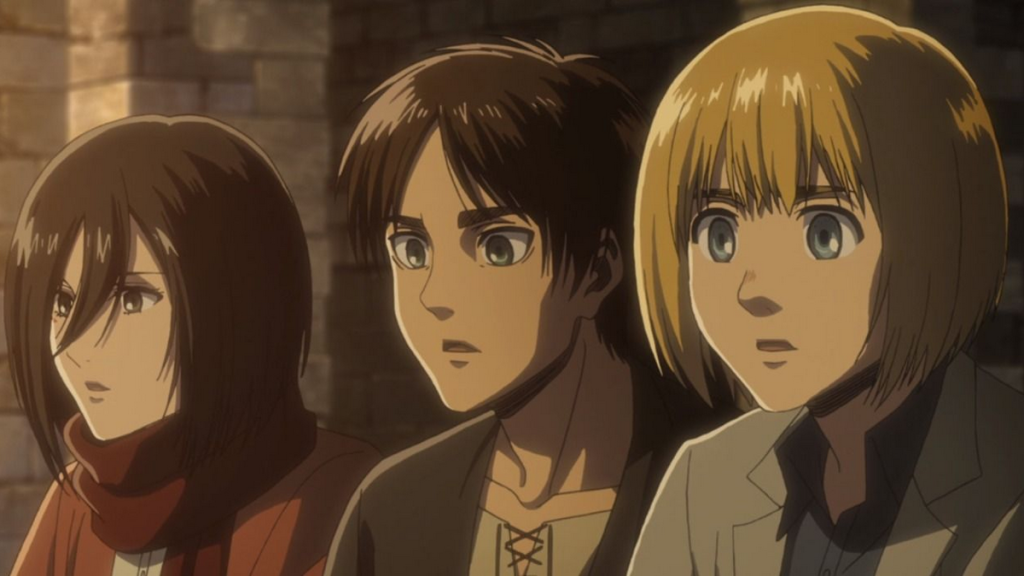
The series shines through its richly developed cast, whose arcs are often upended by the plot’s twists. Eren Yeager starts as a vengeful teen but evolves into a tragic anti-hero, driven by an unyielding quest for freedom that borders on genocide. Mikasa Ackerman, a stoic powerhouse, embodies loyalty, her Ackerman heritage granting superhuman strength. Armin Arlert, the brains, inherits the Colossal Titan and grows into a strategic genius.
Supporting stars like Levi Ackerman, the diminutive yet lethal captain, steal scenes with acrobatic prowess. Hange Zoë brings eccentric science, while antagonists like Reiner Braun (Armored Titan) reveal layers of trauma and regret through twists that expose their indoctrinated pasts. Even “villains” like Zeke Yeager (Beast Titan, Eren’s half-brother) grapple with eugenics and mercy killings. Isayama’s characters blur hero-villain lines, making them relatable and profound.
Stunning Animation: Battles That Define a Genre
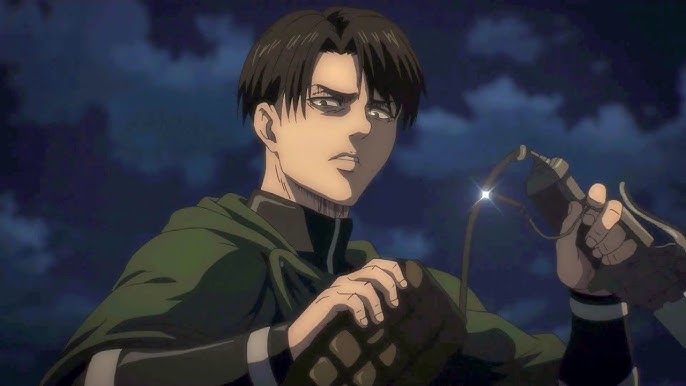
Attack on Titan‘s animation is a masterclass in kinetic energy. Wit Studio’s early seasons delivered fluid, gore-filled fights with Omni-Directional Mobility (ODM) gear swinging soldiers like spiders. MAPPA elevated it with hybrid 2D/3D for massive Rumbling sequences, praised for “gorgeous and appalling” visuals that mix horror and beauty. The soundtrack by Hiroyuki Sawano, with epic orchestral swells and vocal tracks, amplifies every clash, earning awards for best score.
Why Fans Love It: Beyond the Bloodshed
Fans adore Attack on Titan for its unpredictability—jaw-dropping twists keep theories buzzing on forums. It tackles heavy themes: the futility of war, racism (Eldians as persecuted minorities), and ethical dilemmas, resonating in a divided world. Character arcs offer emotional depth, from Eren’s fall from grace to redemption stories like Reiner’s. The blend of high-stakes action with philosophical musings creates addiction; it’s not just entertainment, it’s a mirror to society. Despite controversies over alleged fascist undertones (which Isayama has addressed as critiques of such ideologies), its anti-war message shines through.
Global Phenomenon: Shattering Cultural Walls
What started as a niche manga exploded globally via the anime. By 2013, it topped charts in East Asia, with Hong Kong media hailing its universal appeal. Streaming services spread it worldwide, inspiring merchandise, cosplay at conventions, and crossovers like Fortnite skins and Call of Duty events. Theme parks, musicals (even in New York in 2024), and live-action films amplified its reach.
Pop culture nods in The Simpsons and ads for Snickers prove its infiltration. With over 140 million manga copies and anime viewership records, it mainstreamed anime, influencing series like Jujutsu Kaisen. In 2025, it received the Crunchyroll Global Impact Award, cementing its legacy.
Attack on Titan isn’t just a series; it’s a movement that tore down barriers, proving stories of human struggle can unite the world. Whether you’re a newcomer or a veteran fan, its walls invite endless exploration.
ALSO READ: 20 Most Anticipated Anime Series and Films of 2026: A Year of Epic Returns and Fresh Fantasies
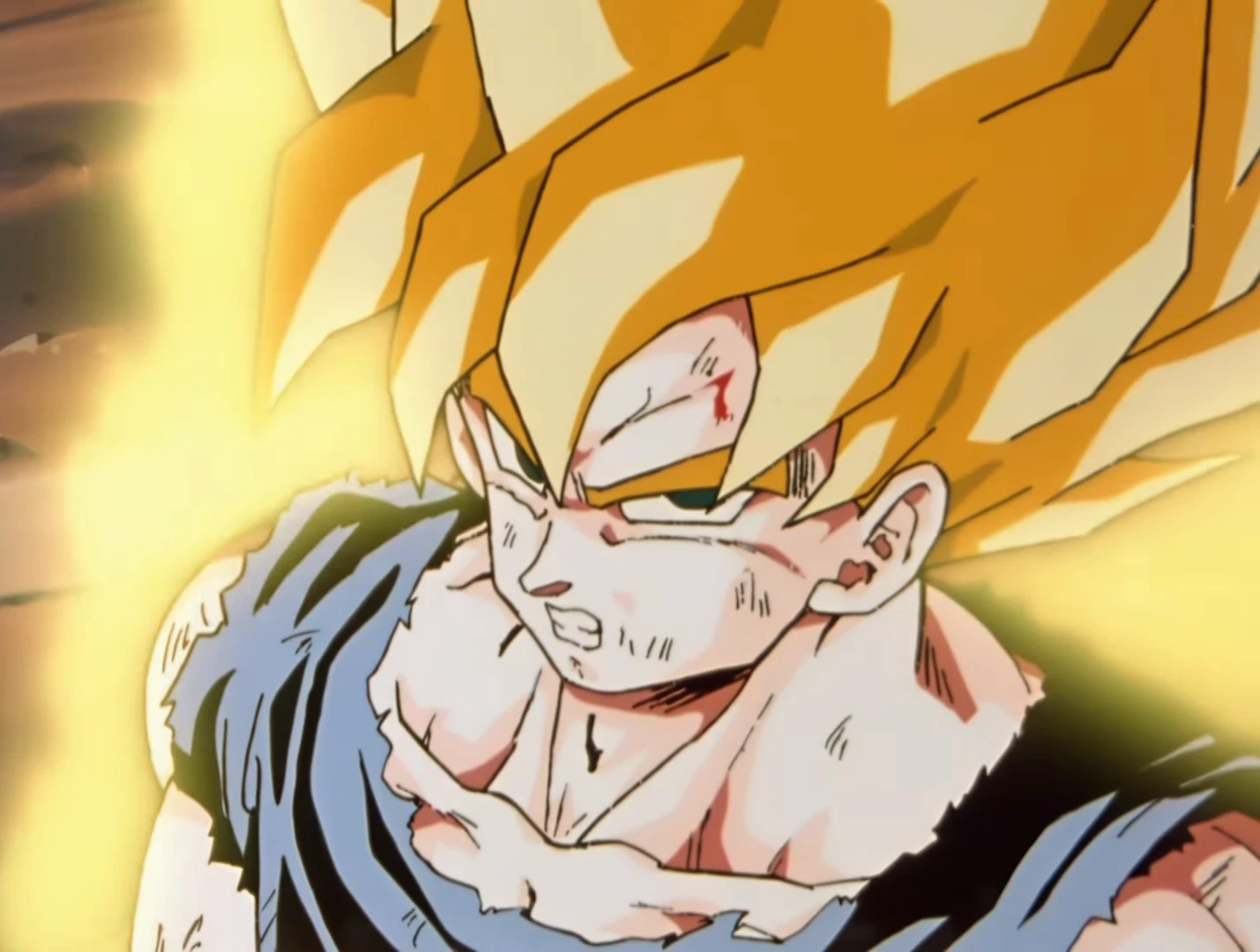
Hello, I am a huge anime fan with a decent experience in writing articles regarding the anime industry.
